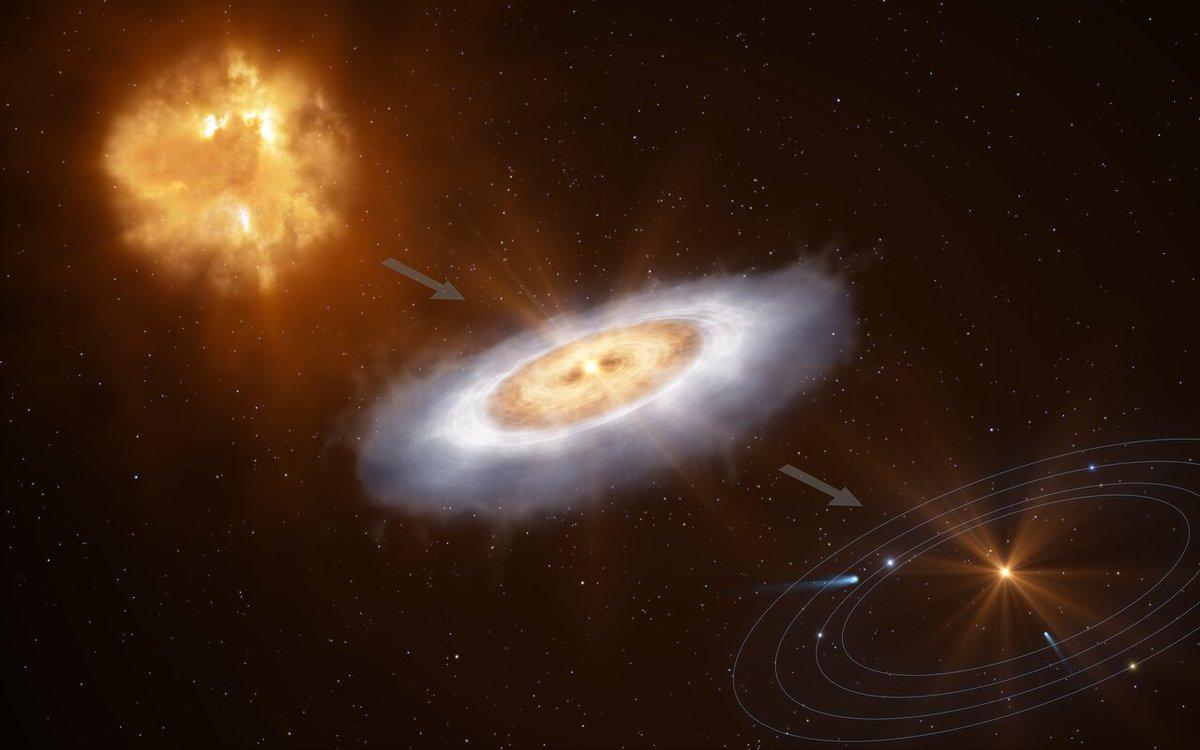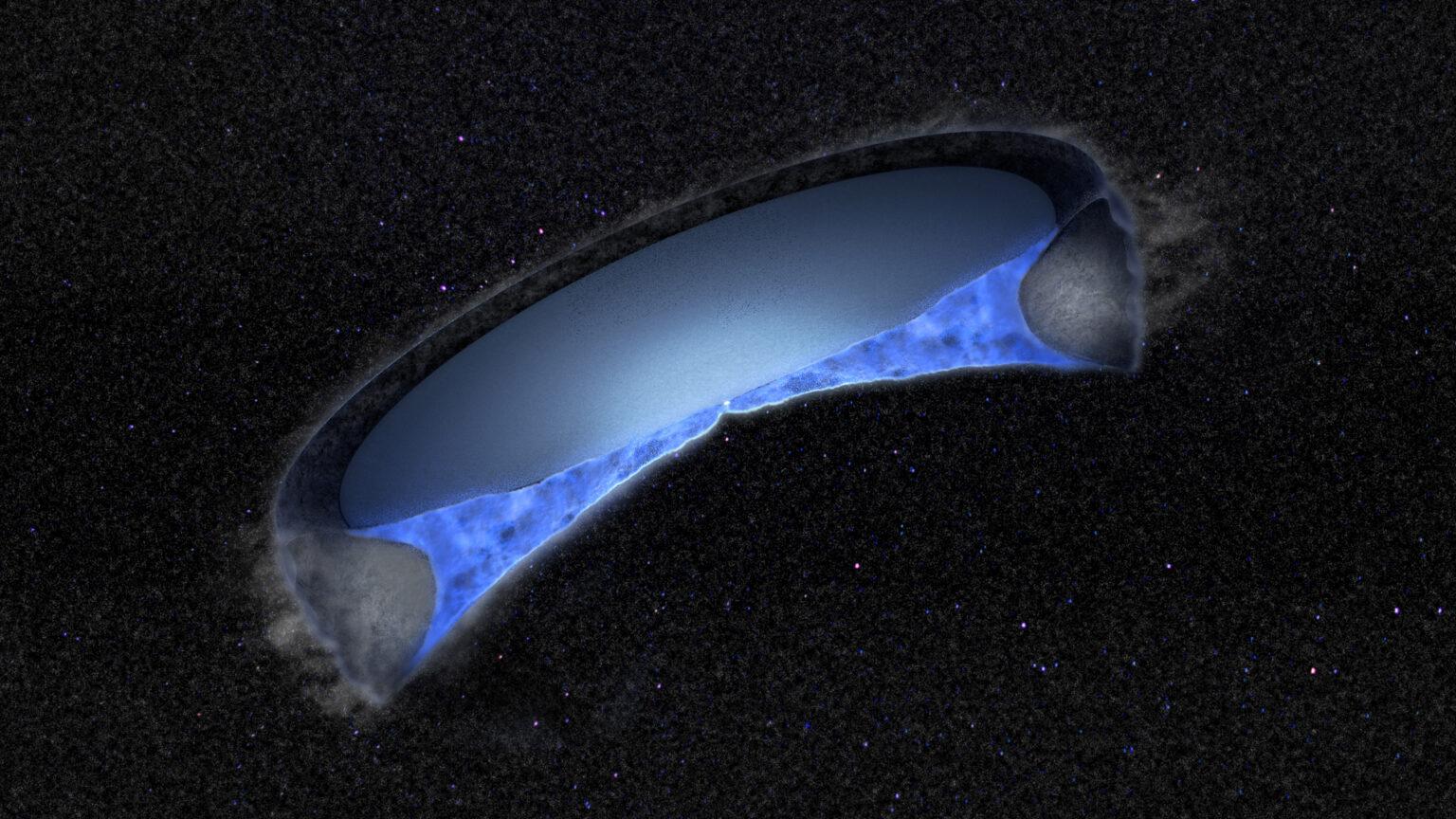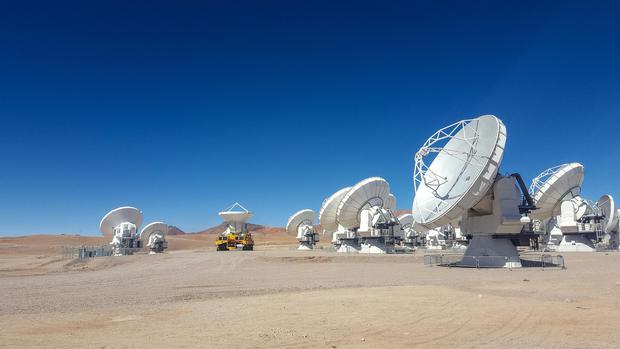Astronomers have detected water molecules orbiting a young star 1300 light years from Earth. Experts suggested that the study of this star could provide information on how water appeared on the Earth's surface billions of years ago.
Also See: Amogy Constructs Ship Powered by Ammonia
Same Structure as Water in the Solar System

Astronomers studying a distant star in the constellation Orion have announced that they have observed water molecules with a chemical composition surprisingly similar to the water found in comets near Earth. Experts suggested that this star could help explain how water formed on Earth's surface billions of years ago. The star V883 Orionis, discovered by astronomers using the powerful radio telescope ALMA, is about 1,300 light-years away from Earth. John C. Tobin, an employee of the National Radio Astronomy Observatory and lead author of the study, gave an interview to the Independent. Tobin:
Earth's Water is Older Than the Sun

A previous study suggested that more than half of the water on our planet is older than the Sun. But this new study suggests that all the water on the planet could be older than the Sun. In the study, astronomers detected heavy water, composed of oxygen and deuterium, a heavier isotope of the hydrogen atom, in the ring around the star V883 Orionis. Emphasizing that normal water and heavy water are formed in different ways, astronomers said that by analyzing the ratio of heavy water, information on when and where the molecules were formed can be obtained.
Experts say the proportions of water and heavy water discovered around V883 Orionis are very similar to the type found in comets near Earth. Astronomers claim that this new discovery could be evidence that water on Earth may be older than the 4.6 billion-year-old Sun. Tobin:





No comments yet for this news, be the first one!...